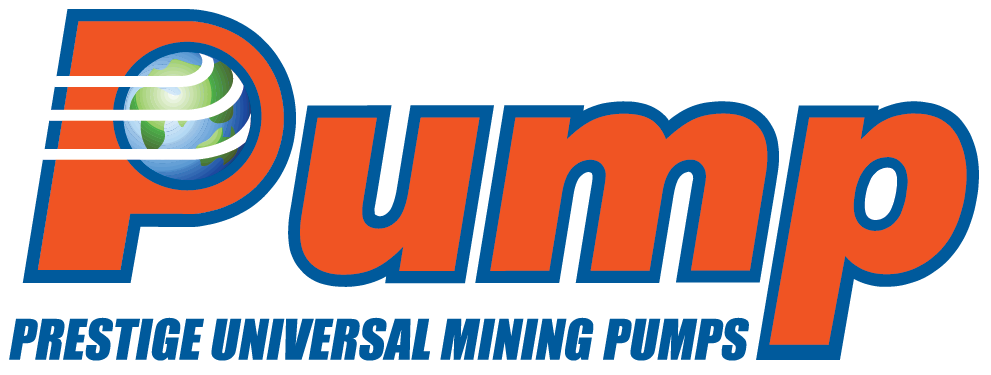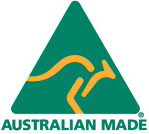Dewatering pumps play a crucial role in keeping operations running smoothly by preventing flooding, stabilising ground conditions, and ensuring the safety of workers and equipment. Understanding their function, types, and best applications can make a significant difference in operational efficiency and cost-effectiveness.
Whether in mining, construction, or industrial operations, water accumulation can disrupt efficiency, compromise safety, and drive up costs. The solution? A dewatering pump—an essential piece of equipment designed to remove unwanted water quickly and efficiently.
In this article, we will break down what a dewatering pump is, how it works, the different types available, and the critical factors to consider when selecting one. By the end, you’ll have a comprehensive understanding of dewatering solutions and how to optimise your choice for industrial and mining applications.
Key Takeaways
- A dewatering pump is a specialised pump designed to remove unwanted water from industrial and mining sites.
- Different types of dewatering pumps exist, including submersible, centrifugal, positive displacement, slurry, and diaphragm pumps.
- Selecting the right pump involves considering flow rate, pressure, fluid type, operating conditions, and energy efficiency.
- Proper maintenance is crucial to ensure the longevity and performance of dewatering pumps.
- New advancements in pump technology, including smart pumps and IoT integration, are improving efficiency and sustainability.
Understanding Dewatering Pumps
Definition and Purpose of a Dewatering Pump
A dewatering pump is a high-performance water removal system used in industries that require effective fluid control. These pumps are engineered to extract water from construction sites, mining operations, quarries, and other areas where water accumulation could cause disruption or hazards.
Dewatering pumps differ from standard water pumps as they are built for durability, high efficiency, and rugged performance, ensuring smooth operation in extreme environments.
Why Dewatering Is Essential for Various Industries
Water accumulation presents a challenge in various industries, including:
- Mining – Prevents underground flooding and stabilises the environment for drilling and excavation.
- Construction – Ensures dry foundations and prevents soil instability.
- Oil & Gas – Controls groundwater seepage in drilling operations.
- Municipal Wastewater Management – Facilitates water movement and waste treatment.
- Agriculture – Prevents waterlogging in fields and irrigation channels.
How Does a Dewatering Pump Work?
The Basic Principles of Water Removal
Dewatering pumps use suction and discharge mechanisms to extract water from an area and transport it to another location. These pumps operate on different principles depending on the type:
- Centrifugal pumps use rotating impellers to create velocity and push water out.
- Positive displacement pumps move fixed volumes of water per cycle, making them ideal for high-viscosity fluids.
- Submersible pumps operate while fully submerged, offering efficient water extraction from deep sources.
Key Components and Functions of Dewatering Pumps
Dewatering pumps typically consist of the following components:
- Pump Casing – Houses the impeller and directs fluid flow.
- Impeller – Rotates to create water movement.
- Motor – Powers the pump and determines its performance capabilities.
- Inlet and Outlet Ports – Allow water entry and exit.
- Seals and Bearings – Ensure operational efficiency and prevent leaks.
Types of Dewatering Pumps and Their Applications
- Submersible Dewatering Pumps
Best for: Underground mining, flood control, and confined spaces- Fully submerged operation prevents cavitation.
- Highly efficient in handling large volumes of water.
- Centrifugal Dewatering Pumps
Best for: Surface dewatering, general industrial applications.- Uses impellers to generate velocity and move water.
- Ideal for high-flow, low-pressure applications.
- Positive Displacement Pumps
Best for: High-pressure applications, slurries, and thick fluids.- Moves fixed volumes per cycle, ensuring efficiency in challenging environments.
- Slurry Pumps
Best for: Mining operations with abrasive materials.- Designed to handle water mixed with solids such as sand, gravel, and sludge.
- Diaphragm Pumps
Best for: Water with debris or waste materials.- Uses a flexible diaphragm to create pressure variations for pumping.
Key Factors to Consider When Selecting a Dewatering Pump
- Flow Rate and Head Pressure Requirements
- Ensure the pump can handle the volume of water needed.
- Consider vertical lift and horizontal distance requirements.
- Fluid Type and Operating Conditions
- Pumps need different materials and configurations depending on whether they handle clean water, sludge, or abrasive materials.
- Energy Efficiency and Power Supply Considerations
- Choose between electric, diesel, or solar-powered pumps based on site conditions.
- Energy-efficient models reduce operational costs and environmental impact.
Common Challenges in Dewatering Operations
- Cavitation and Pump Efficiency Losses
- Cavitation occurs when vapor bubbles form and collapse inside the pump, causing damage.
- Solutions include proper pump selection and maintaining adequate suction pressure.
- Wear and Tear from Abrasive Materials
- Slurry and debris accelerate pump degradation.
- Opt for abrasion-resistant materials for extended pump life.
- Environmental and Regulatory Considerations
- Compliance with local water disposal regulations is essential.
- Sustainable pumping solutions help minimise environmental impact.
Benefits of Using a Dewatering Pump
- Improved Operational Efficiency – Ensures uninterrupted workflows.
- Cost Savings – Reduces downtime and repair expenses.
- Enhanced Safety – Prevents hazardous conditions caused by water accumulation.
Dewatering Pump Maintenance: Best Practices
- Routine Inspections – Check for leaks, wear, and pressure inconsistencies.
- Component Replacement – Replace impellers, seals, and bearings as needed.
- Performance Testing – Ensure optimal pump function before major projects.
Future Trends and Innovations in Dewatering Technology
- Smart Pumps & IoT Integration – Enables remote monitoring and predictive maintenance.
- Energy-Efficient Systems – Reduces fuel consumption and operational costs.
- Advanced Materials – Improves durability and performance.
Why Choose Prestige Universal Mining Pumps?
- Industry Expertise – Over 40 years of experience in mining pump solutions.
- Custom Solutions – Tailored dewatering systems for unique site requirements.
- Comprehensive Support – Sales, rental, maintenance, and servicing.
Conclusion
Dewatering pumps are an essential part of efficient and safe industrial and mining operations. By selecting the right pump type, maintaining it properly, and leveraging innovative technology, businesses can optimise performance while reducing costs. For expert guidance and high-quality dewatering solutions, Prestige Universal Mining Pumps is your trusted partner. Our range of pumps are available for rent or purchase. Contact us today to get started!
FAQs
How long do dewatering pumps last?
With proper maintenance, dewatering pumps can last 5–15 years, depending on the operating environment.
Can dewatering pumps handle solids?
Some dewatering pumps, such as slurry pumps and diaphragm pumps, are designed for handling solids and abrasive materials.
What is the best type of dewatering pump for underground mining?
Submersible dewatering pumps are ideal due to their efficiency in confined spaces and resistance to cavitation.
How often should dewatering pumps be serviced?
Regular servicing every 6–12 months ensures peak performance and longevity.


